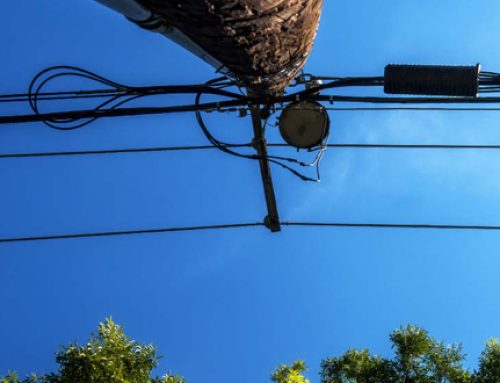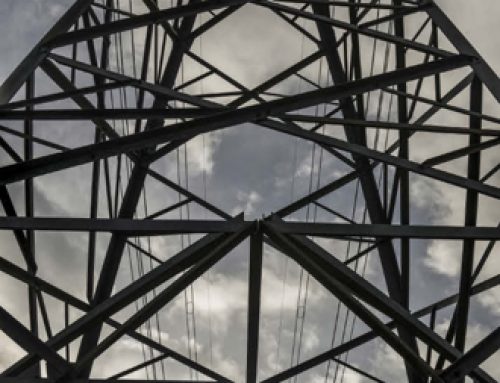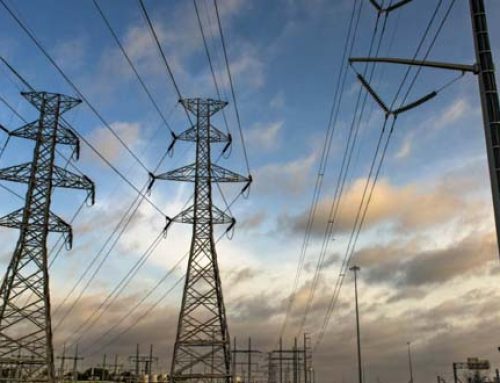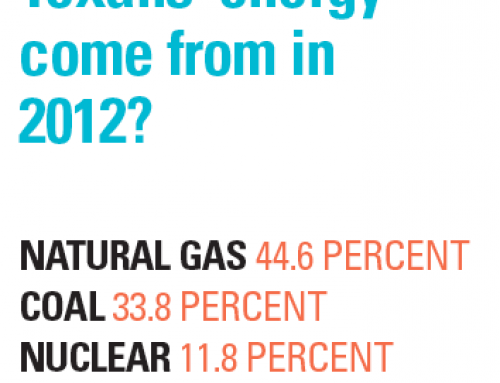The first time Oncor hosted a “biggest energy saver” contest, Cliffite Darla Seible was declared the winner.
Seible lives in Brettonwoods, in a 1,700-square-foot mid-century modern built in the ’60s. Before the contest, she already had updated her roof and insulation, and replaced her doors and windows to make her house more energy efficient.
But Seible, inspired by growing up with parents who were “very aware of energy savings and recycling,” she says, felt she could do more. The contest gave her a kick-start.
“I looked at what items I had consistently on, and what I could do differently and still be comfortable because I wasn’t going to compromise my comfort,” Seible says.
It started with better use of her air-conditioner. She works away from home during the hottest hours of the day, so set her thermostat to 83 or 84 degrees. At night, however, it remains at 70 degrees.
“I’m not going to sweat it out in the summer and be miserable,” Seible says.
The next thing she tackled was her “computer array” — the computer, printer, scanner and back-up hard drive. When she’s away from the house, there’s no reason to keep any of it on, Seible says, so she plugged them all in to the same power strip and began turning it off each morning when she left.
She did the same with her entertainment system — the TV, DVR, and game and stereo systems.
“I had a checklist when leaving the house, and one was turning those power strips off,” she says.
One problem was the DVR, which records Seible’s favorite shows while she’s away. After doing some research, Seible learned that the original DVRs were not designed to be energy efficient. She figured out that her old Tivo system “was equivalent to an older refrigerator running all the time,” she says.
Again, however, Seible didn’t want to sacrifice the comforts of home.
“I’m not going to miss my shows, and a lot of time I’m gone, so I need my trusty DVR to come on,” she says.
The solution was to put it on a timer, and she bought a basic dial version that plugs into any outlet. “Most of us don’t record shows in the middle of the afternoon; we record shows in the evening,” Seible says, so she set her DVR to turn on at 6:30 p.m. and shut off at 10 p.m.
She also began unplugging her microwave, coffee pot and other appliances after using them. All of them “suck up phantom energy,” Seible says.
Those four steps implemented on a regular basis were enough for her to win the contest.
“Making those seemingly tiny changes made huge differences — a 35 percent difference from the year of the contest and the previous year — and I wasn’t an energy waster before,” Seible says. “It wasn’t $3 or $4 a month; it was probably a good $100 less every month when I made those changes. It was substantial.”
Seible has kept up her habits, and says her electricity bill averages $41 a month. She uses Reliant Energy as her retail electricity provider and participates in a program that gave her a free Nest thermostat. The Nest pays attention to Seible’s habits and learns to mimic them, plus it has a motion detector that automatically reverts to “away” usage after 30 minutes of no motion. She also can control it remotely while at the office or out of town.
Seible admits that she loves energy “gadgets.” Her prize in the biggest energy save contest was a GE Nucleus, which monitors all of the energy usage in her house in real time.
“It connects with the smart meter, and you can literally plug something in and see spikes,” Seible says.
She also has Belkin’s WeMo, which she describes as “a timer connected to a wireless network to turn on lamps, radios, TVs, coffeepot” and more. She uses it to turn on a lamp at night when she’s not yet home, for example.
She stresses, however, that the bells and whistles aren’t necessary to conserve energy.
“You can do it with whatever you’ve got. I just happen to like gadgets,” Seible says. “How do you make it happen with what you have? That’s the goal. Otherwise people think, ‘I could be an energy saver, but I can’t afford to go out and get all new stuff.’ ”
Making little changes, such as the cheap timer she bought for her old DVR, were “so easy, it was amazing how much that saved.” (Seible has since purchased a new DVR, one that requires only the amount of energy needed to power a light bulb. “I leave it on all the time now,” she says.)
Not only do such changes save money, she says, but they prevent breakdowns in the power grid. There’s a reason the biggest energy saver contest is held during June, July and August — the hottest months of the year when Texans are using the most energy.
“If people would reduce their energy usage during those high traffic times, we wouldn’t have rolling brownouts and blackouts,” Seible says. “They wouldn’t be necessary.”
“You have control over this everyday stuff,” she says. “We can turn things off and still have all the comfort level of all these things we like to do.”
Go here to learn more about Oncor’s Biggest Energy Saver contest.





